#tongan manulua
Photo



Case Study Three: Boosted x Moana - Alt Group
I have always been a huge fan of this project because of the simplicity and range of audience that the typeface extends out to. From what I can see the typeface is made out of the motif ‘manulua’ in the Tongan culture which from my own knowledge, two birds. This motif is also prevalent in other Pacific cultures such as Fijian (Bottom image).
I also find that the typeface looks better when used with Tongan words rather than English words, but this is my own personal preference.
0 notes
Text
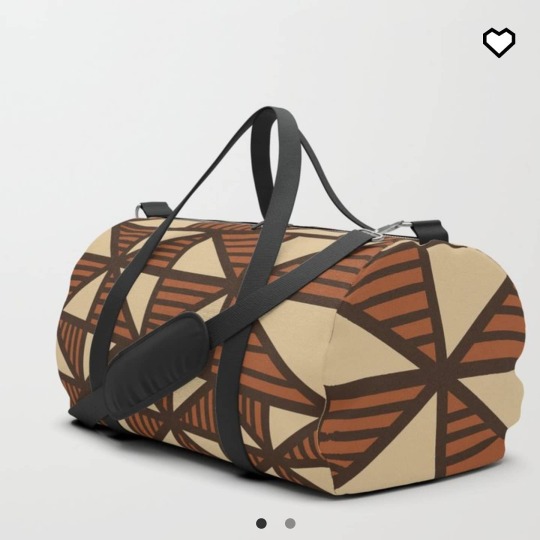

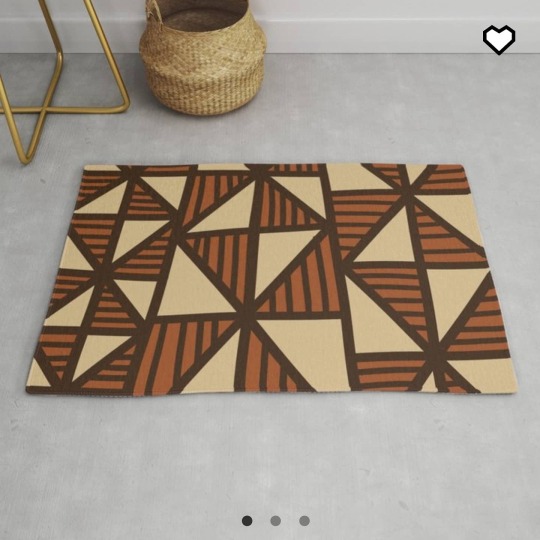
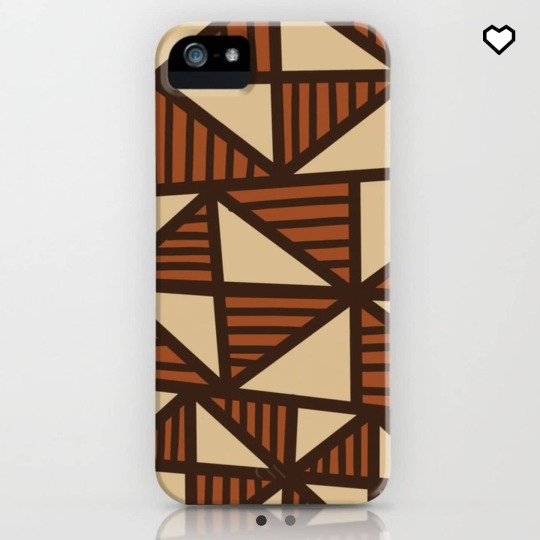
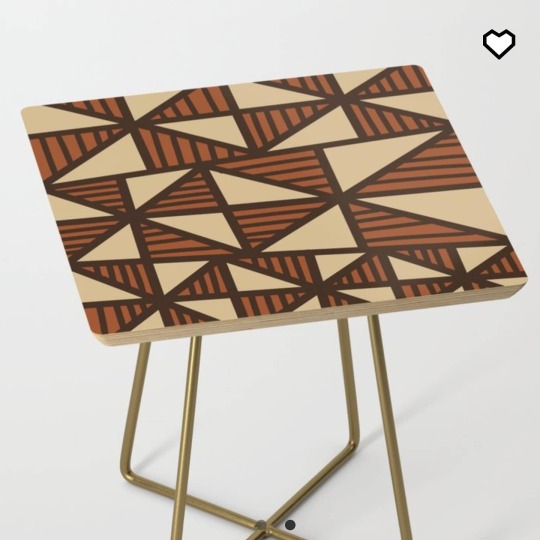
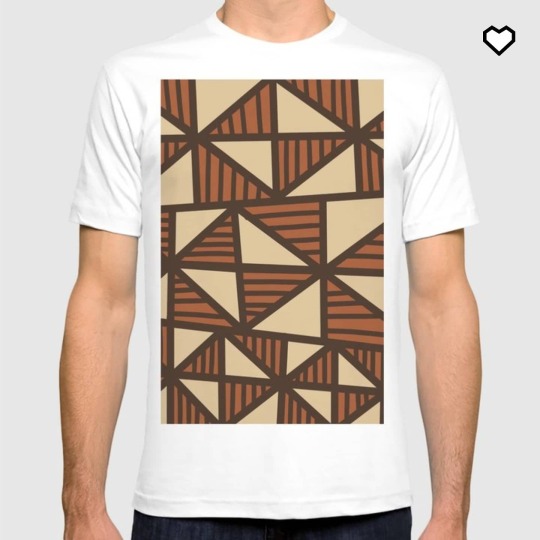
UrbanNesian Tongan Manulua design available on various goodies at ShopUrbanNesian.com
#UrbanNesian #manulua #tongan #tonga #ngatu #kapesi #tonganngatu #tongankapesi #tonganmanulua #tongandecor #tongandesign #tonganprint #tonganpattern
#urbannesian#polynesian#manulua#tongan#tonga#tongan design#ngatu#art#poly#tongan print#tongan art#tongan artwork#tongan manulua#tongan ngatu#urban nesian
16 notes
·
View notes
Text
Week 12: Bibliograpgy
Burley, V.D (2020). The Lapita origins of Tongan ngatu and design. Matangi Tonga Online
https://matangitonga.to/2020/03/19/lapita-origins-tongan-ngatu-and-design
Tapa of the Pacific. Auckland War Memorial Museum - https://www.aucklandmuseum.com/discover/collections/topics/tapa-of-the-pacific
Jackson-Becerra. J (2019) Tales of Taonga – Tapa of the Pacific. The Coconet.tv https://www.thecoconet.tv/know-your-roots/im:13217/tales-of-taonga-tapa-of-the-pacific/
Heemsoth. A (2013) Ancient Art of Tonga
https://www.livingoceansfoundation.org/ancient-art-of-tonga/
Herle, A. (2002) Pacific Art: Persistene, Change and Meaning
https://books.google.co.nz/books?id=ZgXLIe1lojkC&source=gbs_similarbooks
Kaeppler, A.L. (2002) Tapa in Tonga: Wendy Arbeit https://librarysearch.aut.ac.nz/vufind/Record/1141400
RNZ (2007) Archaeologists in Tonga say Lapita find may identify first village settled
https://www.rnz.co.nz/international/pacific-news/171742/archaeologists-in-tonga-say-lapita-find-may-identify-first-village-settled
Gilles, T.E (2021) The Tongan Kupesi - TEDXNukualofa https://www.youtube.com/watch?v=da17bmmK71E
Lennard. F., Mills. A (2020) Material Approaches to Polynesian Barkcloth – Cloth, Collections, Communities
http://www.ancientgrains.org/9789088909719_Material%20Approaches%20to%20Polynesian%20Ba rkcloth_ebook.pdf
Glossary:
Amoamokofe - The act of rubbing with a bamboo stick. This design was developed by V ava'u.
Three Dots – Fo'i Hea
Kupesi - The ngatu's printed and drawn design.
Manulua pattern - consists of two birds or two pairs of bird wings.
Ngatu - is a traditional cloth made from the bark of mulberry trees.
Nukuleka - is a small fishing village on Tongatapu's north-east coast in the Kingdom of Tonga.
Pendergrast, M., Neich, R. (18, August 15).
Tāmaki Paenga Hira
Potamanuka - Integerated Lines
Tapa - The unprinted boundaries of the Ngatu
Tokelau Feletoa pattern - Fata 'o Tu'i Tonga refers to the centre beam of the king's home in Tokelau (north).
Ve'etuli - Herring bone ribs
0 notes
Text
Final Animation
My final animation uses the story of Hikule’o to communicate change, growth and confidence within one’s culture and heritage. Hikule’o was the creator of Tongan islands. In the opening scene of my animation Hikule’o throws stones into the ocean, creating an island that then grows a tree. The island is a motif for myself, recognising the stories of creation by Hikule’o as well as her being the ruler of Pulotu, where it is believed our spirits came from and where they will return to after death. The bird represents the transference of knowledge and the journey taken to retrieve knowledge. I think of the Manulua as a connection between relationships and in my animation I use this to symbolise the connections we have throughout our lives whether that be family, friends or partners. I use one of my manulua patterns to represent the change or progression in one’s life. Here is where I move from hand-drawn animations to digital animations symbolising progression in time, from the Hikule'o era and into the present. This can also be seen as coming from the spiritual world Pulotu into the earthly world we live in. I included another pattern that I developed from my pattern book that represents Hikule’o. I developed this geometric pattern from the statues of Hikule’o and made something new. I use this to communicate how in today’s day we take inspiration from out heritage and always draw back from our past and from our culture and how these things influence our lives today. The bird returns back to the island and the island then is prosperous. The bird transfers the knowledge that it has gained from its journey and transfers that back to the island, which then benefits from it.
I had a lot of fun making this final pattern, even though I found it pretty challenging. I found it hard coming up with ideas when I first started but after I found out about Hikule'o in this video (https://www.youtube.com/watch?v=ebBCFHPXeGY) I felt really inspired by her story and I was also inspired to learn more about what Tonga was like before Christianity. I chose patterns from my pattern book that represented change and progression as this was something I feel is happening all over the world and well as personally and I felt like these patterns and the story of Hikule'o fit together nicely. I had a lot of trouble drawing the animations as they took a long time to draw so I spent a long time doing that as well as trying to figure out how to fix the problems I was having. I has trouble with the sizing of my images as seen in my test animations and I also had trouble with keeping the lighting in my picture consistent. I think animating my patterns added a lot to the meaning of my patterns. It helped to show progression and change which was exactly what I was going for. Overall, I was able to finish my animation to a degree which I was happy with and that I think represents my intention and message well.
0 notes
Text
Week 8-12+13
Final Pattern Design

My final animation tells a story of my journey in life and how things are changing in my perspective as i view moving to overseas. The first pattern shows the movement of the zigzag lines and the wave lines, indicating my life journey through experience, learning, and the waves indicating the flow of living in every journey so far. Moving on, i used the colour transformation from white to brown as it pictures the colour of the ngatu. Because of this, a ngatu contains patterns that tells a story in the Tongan culture. I used this as a way of showing my pattern or telling my story through a ngatu. The larger waves indicates the movement towards another life. Notice that i would only show movements that are horizontal, this indicates moving forward. I added the Manulua kupesi to still portray my Tongan culture and the square like lines at the bottom represents the tall buildings found or have seen in New Zealand. This is ideal for me because there aren’t any tall buildings in Tonga. A change of culture and lifestyle occurs. The zigzag lines appears in black and white, the colour transformations shows the black ink used to draw patterns on the ngatu and the white is also used in modern days as an inverted colour to black.
0 notes
Text
WEEK2
In this week we worked collaboratively in groups and had to form up a pattern that should have a meaning.


Figure1 Figure2

Figure3
In our groups of three, we each chose a pattern from our culture and had formed up one pattern design in a 10x10 cm square. Lupe and I are both Tongans and Lupe had chose the Manulua pattern and I chose the Tokelau Feletoa design. Kaira is of Maori culture and had chose the Ngutukaka pattern design. We each felt that these patterns meant to us in a way that represents our cultures.
We also found out the meaning of each patterns which the Manulua is said to mimic two birds as the two pairs of wings are formed to make the Manulua pattern. The Tokelau Feletoa is described to be the scales of a tuna fish, which is considered chiefly. The Nutukaka is formed as to mimic a parrot’s beak.

The final pattern design came about by combining each of our patterns into one. Kaira also drawn in the Manawa line, which is a heart line crossing through both patterns. This was to represent our life journey. However, the idea that we had came up with was to be able to combine our cultural patterns as to who we are, being together in our minor class and seeing where our future is going to take us during our learning days.
Ref:
Figure 1: http://manuka2014.weebly.com/uploads/1/4/1/7/14172481/pacific_symbols2013.pdf
Figure 2: http://tongan_tattoo.tripod.com/TonganTattoo/id5.html
Figure 3: https://en.m.wikipedia.org/wiki/File:Maori-rafter8.svg
0 notes